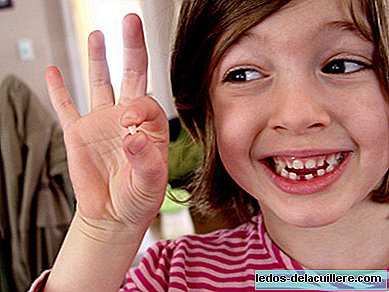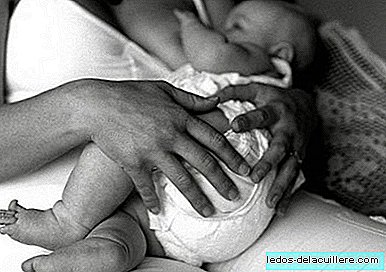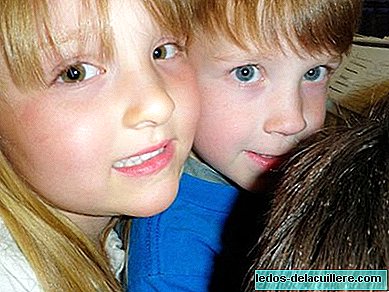
The National Center for Biotechnology Information in the United States argues that stem cells derived from baby teeth could one day be used to combat diseases such as cancer or diabetes.
This means that if the children's milk teeth, researchers could extract dental stem cells to help save your life in the future or use them for medical treatments.
The teeth are also a source of stem cells
Until a few years ago we knew that stem cells, those capable of dividing into more stem cells or becoming any other type of body cell, could be found in the bone marrow, in the umbilical cord and also in the amniotic fluid.
In 2013, researchers from the National Institute of Health confirmed that The pulp of milk teeth is a valuable source of stem cells that remain alive until shortly after the tooth falls.
These types of cells discovered in the teeth allow the creation of dentin for the repair of the teeth themselves, but they could also be used in much more complex treatments. They could serve to regenerate bones or treat neuronal lesions in diseases that are incurable today such as diabetes, cancer, heart attacks, and even help develop new tissues and bones, even years after the tooth has fallen.
The teeth of adults also possess them, but the children's milk teeth, less damaged by environmental damage, have a much greater capacity to multiply and transform and help regenerate cells in other parts of the body.
The future of regenerative medicine

The dental pulp stem cells could become a key piece of regenerative medicine thanks to their multipotentiality.
What is the difference between dental and cord stem cells? Dental pulp mainly contains mesenchymal stem cells, while umbilical cord blood predominantly contains hematopoietic stem cells. The bone marrow, meanwhile, contains both types of stem cells.
While umbilical cord stem cells have proven valuable in the regeneration of blood cell types, dental stem cells can regenerate solid tissues, for which umbilical cord blood is less suitable, such as connective tissue repair, dental tissues, neuronal tissue and bone.
Thanks to this multi-capacity they could be used in cases of diseases such as arthritis, spinal cord injuries, Alzheimer's, Parkinson's, muscular dystrophy and multiple sclerosis, as well as strokes, heart problems, liver diseases and burns.
It has also been shown that dental stem cells are capable of transforming into beta cells to treat diabetes.
Milk Tooth Banks
In the light of scientific research there are companies that saw the business and created tooth banks, since it is not enough to keep them at home in a box, but they must be kept in a special way, frozen in liquid nitrogen, so that they are useful if they were needed in the future.
New uses of dental stem cells are being discovered, although it is still a new field with much to explore. But it would certainly be easier than extracting them from the spinal cord or umbilical cord.
To preserve them, you have to contact the company beforehand, which will send a special kit and at the time the tooth is dropped or extracted, immediately after it is transported to the laboratory to cultivate and preserve the stem cells in appropriate conditions.
 In Babies and more Shark teeth in childhood: when baby teeth resist falling
In Babies and more Shark teeth in childhood: when baby teeth resist falling











